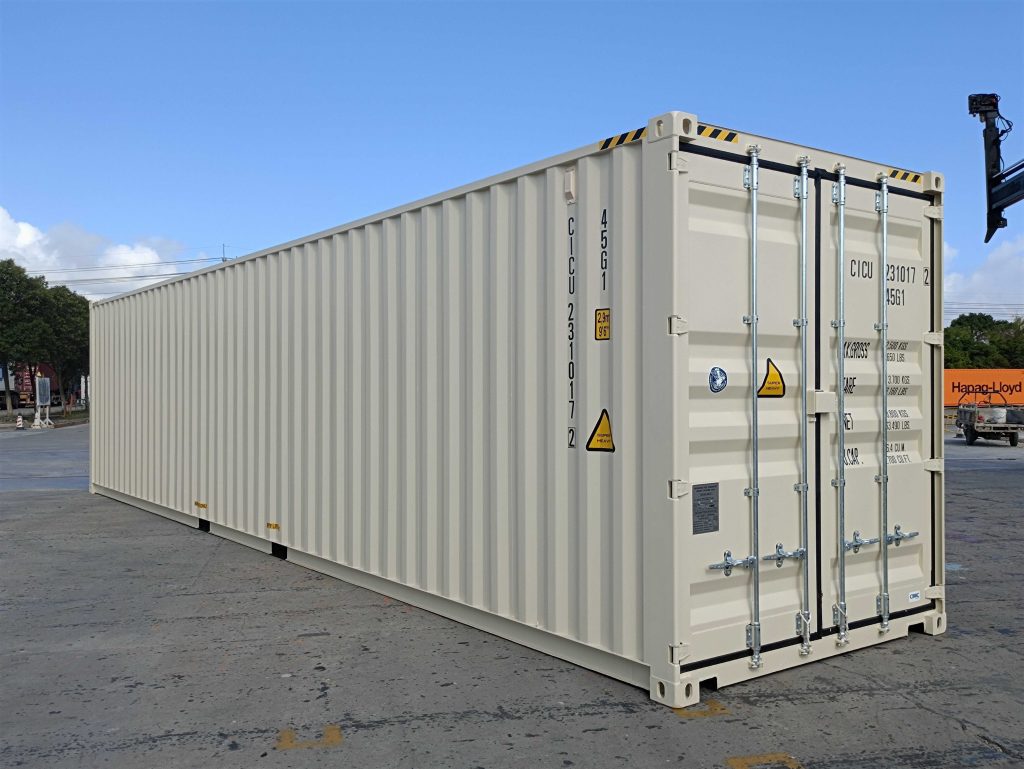10 Refrigerated Shipping Containers Tips All Experts Recommend
Understanding Refrigerated Shipping Containers: An Essential Guide
In the international supply chain, the transport of temperature-sensitive items is important. Refrigerated shipping containers, also referred to as reefer containers, play a significant role in maintaining the stability of disposable items throughout transit. This blog site post will dig into the functionality, advantages, and types of refrigerated shipping containers while resolving frequently asked concerns.
What are Refrigerated Shipping Containers?
Refrigerated shipping containers are specialized cargo containers equipped with refrigeration systems. They preserve a low temperature level to guarantee that goods such as food, pharmaceuticals, and chemicals stay safe and undeteriorated during transit. These containers can be used for land, sea, and air transport, supplying versatile alternatives for logistics professionals.
Table 1: Key Features of Refrigerated Shipping Containers
Function
Description
Temperature level Range
Normally varies from -30 ° C to +30 ° C, depending upon the item being kept Insulation Made
from high-quality
products to lessen thermal exchange Cooling Mechanism Utilizes
mechanical refrigeration
systems powered by electrical energy or generator Size Offered in basic sizes( 20ft and 40ft)and
custom sizes Portability Equipped with resilient wheels for simple transport Adaptability Suitable for land
, sea, or air transportation Kinds Of Refrigerated Shipping Containers Refrigerated
shipping containers come in different types, each created for specific functions
. Here's a list of the main kinds of
reefer containers. Requirement Reefer Containers Usually used for transporting a range of perishable products. Readily available in 20ft and 40ft sizes. Controlled Atmosphere Containers
**Maintain an ideal environment to lengthen the
- service life of delicate items like vegetables and fruits.
- Equipped with customized gas control systems. Blast Freezer Containers Designed for rapidly freezing products
**
- , promoting quick temperature decrease to protect quality. Ideal for seafood and meat processing markets.
- Multi-Temperature Containers Capable of transporting items at different
**temperature level zones simultaneously. Useful
- for combined cargo, permitting versatile logistics solutions. Insulated Containers Mainly
designed to maintain temperature level for longer transit times without active refrigeration systems. Commonly used for products that can endure moderate
- temperature variations. Table 2: Comparison of Refrigerated Shipping Container Types Type
Suitable Use Temperature Control Standard Reefer General perishables Active refrigeration Managed**Atmosphere Fruits, veggies Gas control systems Blast Freezer Seafood, meat Quick freezing capability Multi-Temperature Mixed cargo Several compartments Insulated Non-sensitive items Passive temperature control Advantages of Refrigerated Shipping Containers Refrigerated shipping containers offer various advantages that make them vital in the logistics
market:
Quality Preservation By preserving a constant
temperature level, these containers help preserve the dietary value and freshness of foodstuff.
Extended Shelf Life Temperature level controls considerably
extend the service life of disposable
goods, decreasing waste and loss. Logistical Flexibility Reefer containers can be transferred by means of numerous modes, making them appropriate for worldwide shipping. Environmental Safety Using these containers lowers spoilage,
hence decreasing food waste and its involved ecological effect. Boosted
Security Many reefer containers come with advanced security features that secure cargo from external threats. FAQ about Refrigerated Shipping Containers Q1: What temperature range can refrigerated* shipping containers maintain?A1: Most refrigerated shipping containers can maintain temperature levels in between -30 ° C to +30 ° C, depending on the unit's requirements and the goods being transported.
**
Q2: Do refrigerated shipping containers require electricity?A2: Yes, refrigerated containers generally require an external source of power to run their cooling systems.
**
However, some designs can operate on generator power too. Buy Shipping Containers : Can I ship non-perishable products in a reefer container?A3: While it's possible, it might not be economical to ship non-perishable
goods in refrigerated containers
- due to the high operational costs. Q4: How do I select the best type of refrigerated container?A4: The choice depends on the type of item, needed
**temperature, and shipping period
- . Consulting a logistics specialist can assist figure out the finest option. Q5: What is the difference between active and passive temperature control?A5: Active cooling systems utilize refrigeration units to maintain temperature level, whereas passive systems rely on insulation to prevent temperature level changes without active cooling. Refrigerated shipping containers have actually changed the way disposable goods are transferred throughout the world. With their ability to keep low temperatures and safeguard sensitive items, these important properties boost freshness, lower waste, and allow for greater logistical flexibility. Whetherit's seafood, pharmaceuticals, or fresh vegetables and fruits, reefer containers contribute considerably to the global food supply and other sensitive markets, making them vital for
**
making sure quality from farm to table and beyond. Understanding how they work and thevarious types readily available can help businesses make more educated decisions, eventually benefiting both suppliers and consumers alike.
 ****
****- . Consulting a logistics specialist can assist figure out the finest option. Q5: What is the difference between active and passive temperature control?A5: Active cooling systems utilize refrigeration units to maintain temperature level, whereas passive systems rely on insulation to prevent temperature level changes without active cooling. Refrigerated shipping containers have actually changed the way disposable goods are transferred throughout the world. With their ability to keep low temperatures and safeguard sensitive items, these important properties boost freshness, lower waste, and allow for greater logistical flexibility. Whetherit's seafood, pharmaceuticals, or fresh vegetables and fruits, reefer containers contribute considerably to the global food supply and other sensitive markets, making them vital for